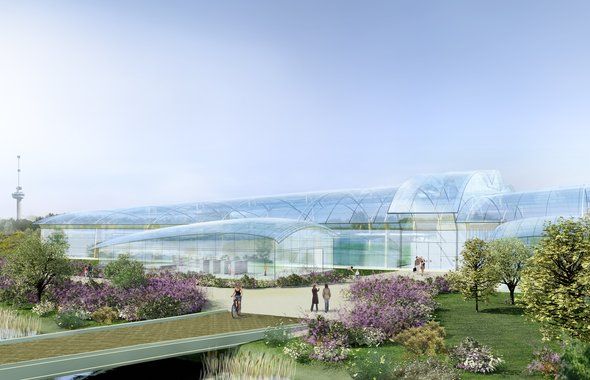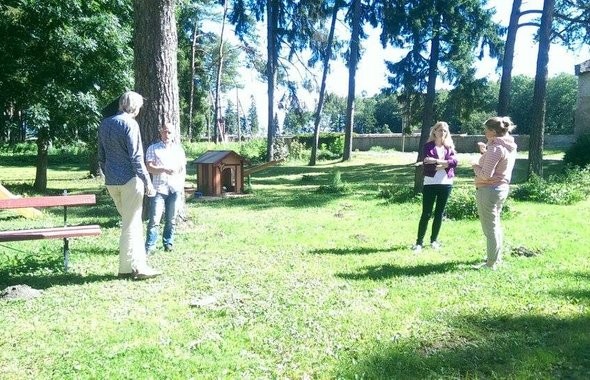
Polydome Arkna
Feasibility Study and Business Plan
Nov 10, 2015
Will Estonia be the first proud owner of a Polydome sustainable agriculture system in the world? During the second half of 2015 we researched the feasibility of a Polydome in the Arkna Eco Park. Our study and supporting business plan were funded by Horizon 2020.
Together with the Arkna Eco Park developers, we are developing a wide variety of sustainable fresh food for visitors and the wider community surrounding the park. The project is driven by Polydome, our innovative agricultural system that produces large quantities of high-quality food, creating environmental and social benefits. Utilizing a Horizon 2020 subsidy program, we explored Arkna and are developing the feasibility study of a one-hectare Polydome in the Eco Park: Polydome Arkna.
Polydome Arkna focuses on selling fresh, local, and organic food year-round. The demand in this market segment is steadily growing in Estonia. Moreover, Estonians are willing to pay a premium price for locally produced food. The combination of the Arkna bio-local brand and efficient production by using locally available resources give Polydome Arkna a substantial competitive advantage. Moreover, competition for bio-local produce is low in Estonia.
Financial analysis shows that Polydome Arkna is financially feasible and economically viable. After financing is secured, the facility it's tipped to begin production in 2018. Return on investment is achieved in the sixth year of production.

For the design of Polydome Arkna, a standard Venlo-type greenhouse proved most practical. The greenhouse has three levels to allow the optimal height for different trees and crops. The visitors center and restaurant offer visitors an opportunity to taste, buy, and experience what Polydome offers.
The Polydome food production ecosystem is designed according to two main principles:
The focus is on closing loops and materials flows and using sustainable and local sources. We chose readily available technologies from suppliers with a reliable reputation for the internal systems and installations. Preference is given to international suppliers with a local presence and contractors in Estonia to allow for high-tech and efficient construction.
We're excited about the positive results from the feasibility study and are now in the second phase of funding under the same H2020 scheme.

Nov. 10, 2015
Environmental Engineering Consultant
Director
Ecosystem Designer
Except Integrated Sustainability
Architect
Except Integrated Sustainability
Senior Associate
Except Integrated Sustainability